Test: Electrical Machines- 4 - Electrical Engineering (EE) MCQ
20 Questions MCQ Test SSC JE Electrical Mock Test Series 2025 - Test: Electrical Machines- 4
What happens if the magnetic neutral axis coincides with the geometric neutral axis in case of DC generator?
In D.C. generators, the polarity of the inter-pole is:
| 1 Crore+ students have signed up on EduRev. Have you? Download the App |
The given figure depicts the Torque-Current characteristics of:
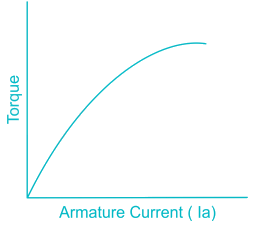
For a DC Motor for constant load torque, what will happen to the armature current if armature resistance increase?
Which type of frame is preferred for motor in moisture surrounding?
The sheet steel material used in transformer core has:
If the reciprocal of transformation ratio of a transformer is 11. The ratio of current in the secondary to primary is:
Which test is used in determining the magnetizing impedance of a transformer?
An alternator has:
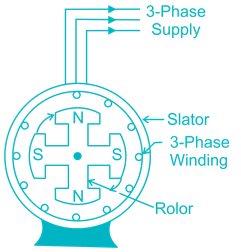
This arrangement has the following advantages:
1) The stationary armature coils can be insulated easily
2) Higher peripheral speed can be achieved in the rotor
3) Cooling of the winding is more efficient
4) Only two slip rings are required to give DC supply to the field system
5) Output current can be easily supplied to the load circuit
The integration of a three phase Alternator with the infinite grid requires which quantities to be same?
As compared to D.O.L. starter, star delta starter operates at:
A 3-phase induction motor is running on a constant load. If the fuse in one phase blows off the
The magnitude of armature current in synchronous motor operation:
Which motor is generally used in rolling mills, paper and cement industries?
Speed control of single-phase series motor (AC) can be done by:
As per double field revolving theory with slip denoted by:
In a single-phase induction motor the stator winding produces a flux which is:
A capacitor-start single phase induction motor is switched on to supply with its capacitor and replaced by an inductor of equivalent reactance value. It will:
|
2 videos|1 docs|55 tests
|
|
2 videos|1 docs|55 tests
|


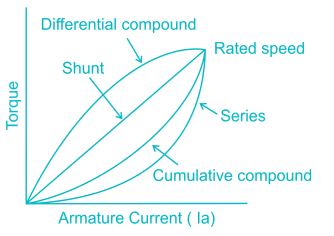


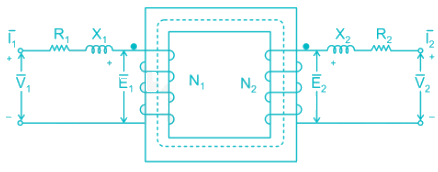



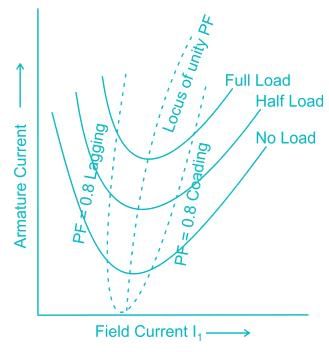

 is rotating in clockwise direction then the other
is rotating in clockwise direction then the other 









